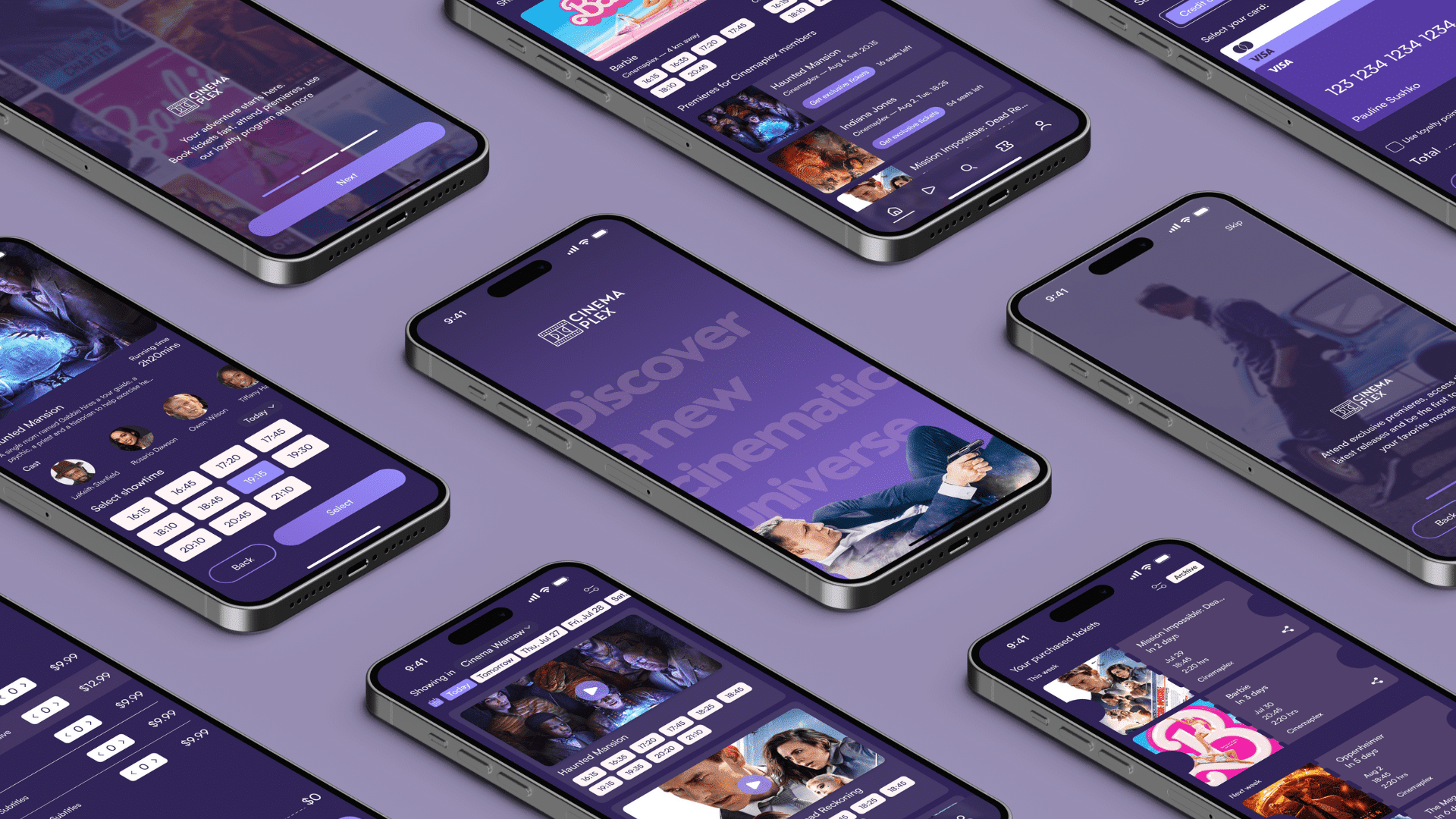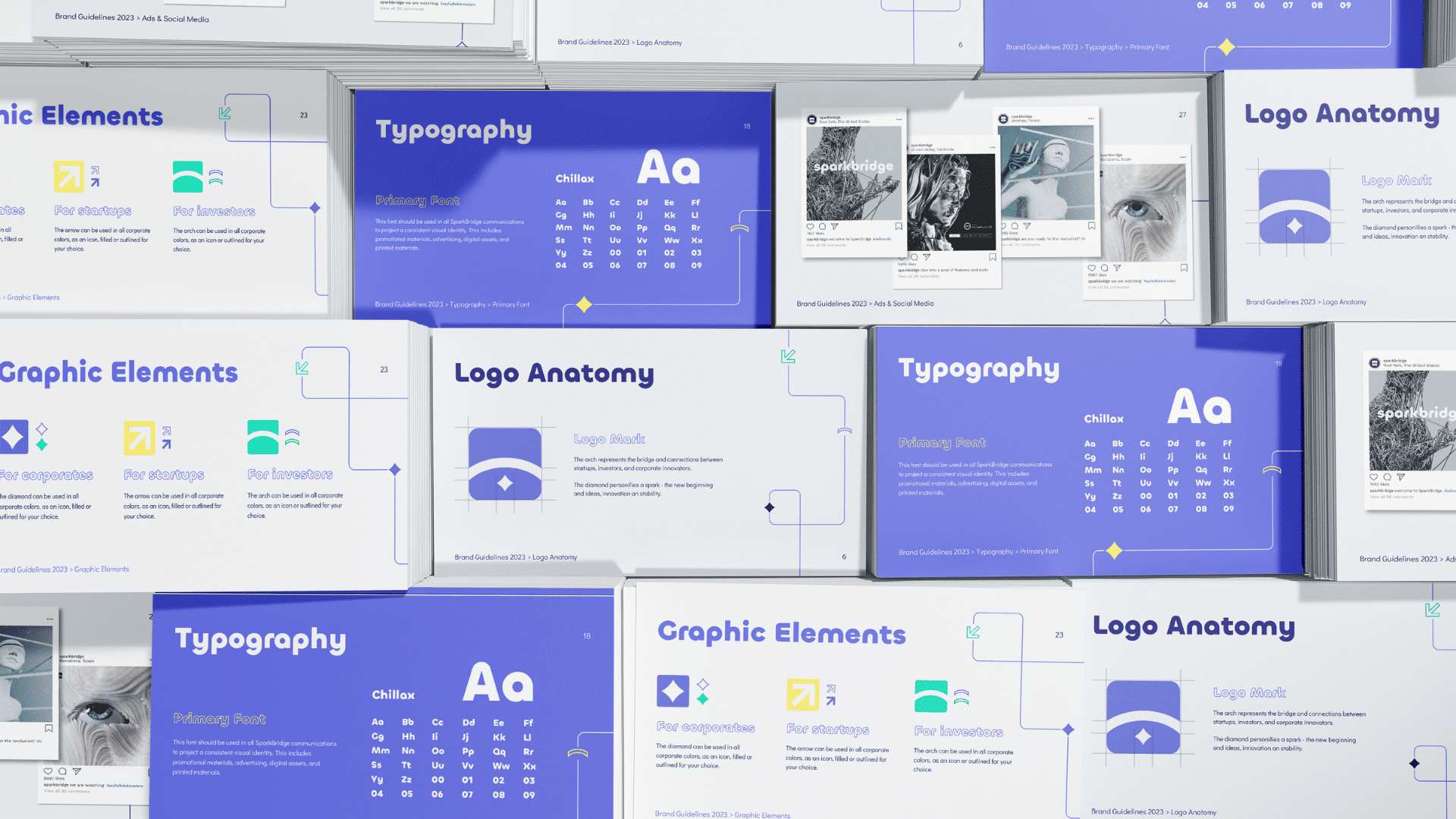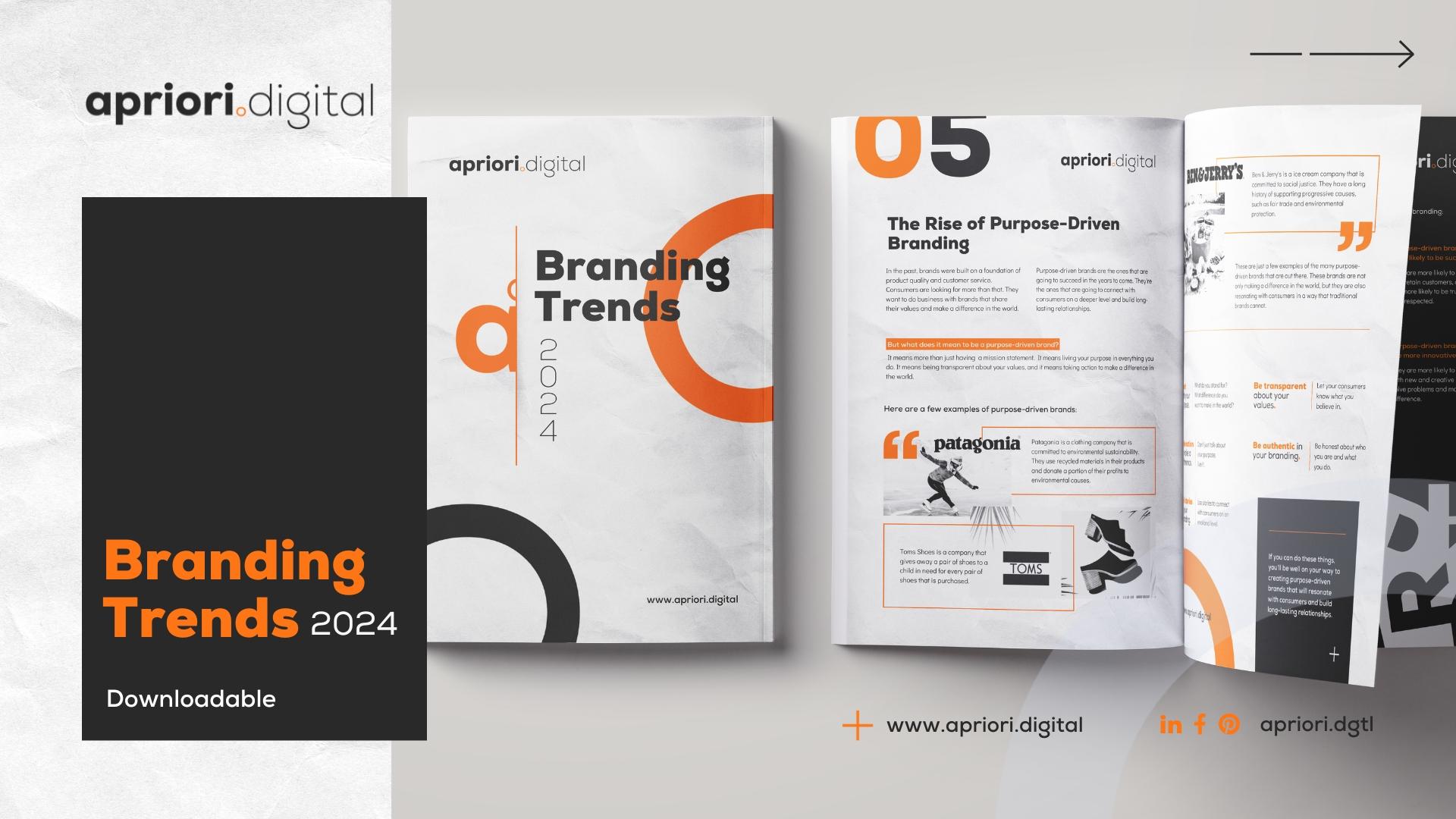Introduction
Interactive elements are becoming increasingly pivotal in modern UX design, transforming passive user experiences into dynamic and engaging journeys. In an era where user engagement is crucial, these interactive features play a key role in capturing user attention, providing intuitive navigation, and enhancing the overall experience.
From simple hover effects to complex interactive storytelling, the range of interactive elements available today allows designers to create more immersive, personalized, and memorable user experiences. This guide delves into the various aspects of interactive elements in UX design, examining how they contribute to user engagement and satisfaction in the digital landscape.
Enhancing User Engagement with Interactive Elements
- Gamification: Incorporating game-like elements such as points, badges, and leaderboards to motivate and engage users.
- Hover Effects and Animations: Using hover effects and animations to make interfaces lively and provide immediate feedback to user actions.
- Interactive Infographics: Transforming static data into interactive infographics that users can explore and manipulate.
UI/UX Design by Apriori Digital
Improving Navigation with Interactive Features
- Dynamic Menus and Filters: Creating menus and filters that adapt and respond to user interactions, facilitating easier content discovery.
- Scroll-Triggered Effects: Implementing scroll-triggered effects that reveal content or functionality as users scroll through a page.
- Breadcrumbs and Interactive Pathways: Using interactive breadcrumbs and pathways that guide users through their journey on the website or application.
Personalization Through Interactivity
- Customizable Interfaces: Enabling users to customize aspects of the interface, such as layout, color schemes, or content types.
- Interactive Questionnaires and Quizzes: Utilizing quizzes and questionnaires to gather user preferences and provide tailored recommendations or content.
Utilizing Interactive Storytelling
- Branching Scenarios: Design scenarios where user choices dictate the direction of the story, offering a personalized experience.
- Visual Storytelling Elements: Incorporate visual elements like timelines, flowcharts, or story maps that users can interact with to uncover information.
- Narrative-Driven Design: Use storytelling principles in the design process to create a cohesive narrative experience throughout the user journey.
Feedback and Microinteractions
- Subtle Animations for Feedback: Implement subtle animations that provide feedback on user actions, such as button clicks or form submissions.
- Progress Indicators: Use interactive progress indicators for processes like uploads or downloads to keep users informed of the status.
- Dynamic Error Messaging: Provide dynamic, contextual error messages that help users correct mistakes interactively.
Augmented Reality (AR) and Virtual Reality (VR) in UX
- AR for Enhanced Product Visualization: Use AR to allow users to visualize products in real-world environments.
- VR Experiences: Create VR experiences for deeper immersion, useful in fields like education, real estate, and tourism.
- Interactive 3D Models: Incorporate 3D models that users can interact with, offering a more tangible sense of the product or information.
Accessibility in Interactive Design
- Keyboard-Navigable Interactions: Make sure interactive elements can be navigated and used with a keyboard.
- Screen Reader Compatibility: Ensure interactive elements are compatible with screen readers and other assistive technologies.
- Considerate Interaction Design: Avoid designs that might trigger seizures or are difficult for users with certain disabilities to interact with.
Follow us on socials

Data-Driven Interactive Elements
- Adaptive User Interfaces: Design interfaces that adapt over time, learning from user interactions to present more relevant options and content.
- Personalized Interactive Recommendations: Use algorithms to provide personalized recommendations based on user history and preferences.
The Role of Interactivity in User Testing
- Real-Time Feedback Collection: Use interactive polls, surveys, and feedback tools to gather real-time responses from users.
- A/B Testing of Interactive Elements: Conduct A/B testing on different interactive elements to determine which versions are more effective in enhancing user experience.
Balancing Interactivity and Usability
- Avoid Overloading with Interactions: Be judicious in the use of interactive elements to avoid cognitive overload or user fatigue.
- Simplicity and Purpose:Ensure each interactive element has a clear purpose and contributes positively to the overall user experience.
- User-Centric Design Approach:Always consider the user’s perspective and needs, ensuring that interactions are intuitive and add real value.
Conclusion
Interactive elements are a powerful tool in modern UX design, offering opportunities to enhance engagement, personalize experiences, and make interfaces more intuitive and memorable. However, the key is to integrate these elements thoughtfully and purposefully, ensuring they align with the overall design goals and user needs.
By striking the right balance between interactivity and usability, designers can create digital experiences that are not only visually appealing but also deeply resonate with users, encouraging exploration, participation, and sustained engagement.





